The erection of the Residence began in March 1831, soon after Serbia was granted the status of autonomous hereditary principality (1830). The architect was the outstanding constructor Haji Nikola Živković, a mason from the Southern Balkans (nowadays Macedonia) who, as Prince Miloš’s chief architect, was involved in all major state projects. The builders were Janja Mihailović and Nikola Djordjević, who, with their employees, for a long time enjoyed the Prince’s confidence.
In its construction, plan and style, the Residence belongs to the typical Ottoman architecture of the time and represents one of the last architectural and artistic traces of Ottoman culture in Serbia. The implementation of the cultural forms of the Ottoman ruling elite, as well as the accelerating adoption of European culture which accompanied the struggle for national independence, are both visible in this residence.
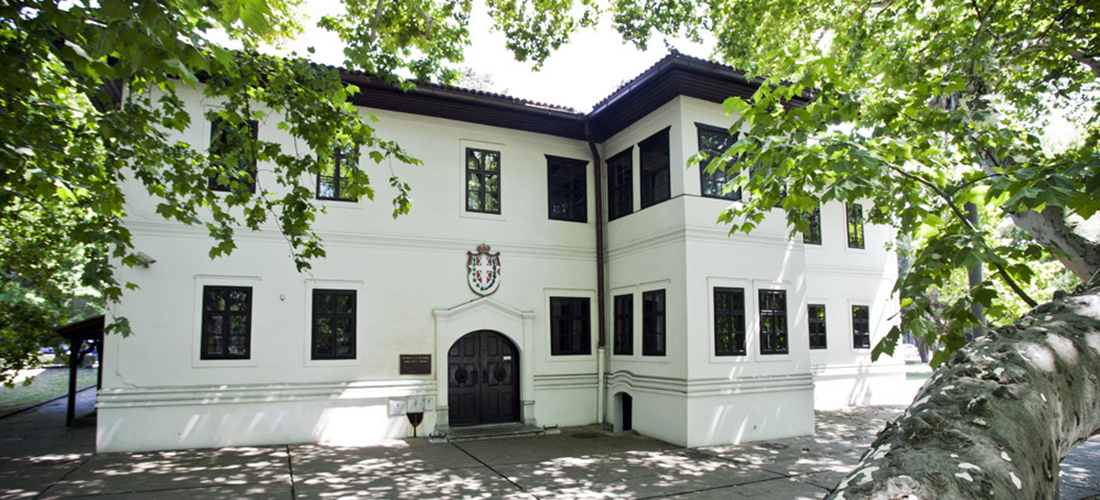
The neoclassical elements on its façade and the typical Ottoman interior decoration show the combination of these two different cultures, life styles and traditions. The preserved written sources testify that the residence was organized with such a combination in mind when it came to the interior decoration. That means that alongside all the walls in all the rooms there were low benches covered with heavy fabrics and pillows, while the floors were covered by carpets. The rooms were lighted up with chandeliers and lamps, and decorated with clocks, mirrors and paintings, all purchased in Vienna and Budapest. It is interesting that the first art collection in the Principality of Serbia (which has not been preserved) was housed in the Topčider Residence.
As in all wealthy Ottoman residences, the main entrance is oriented towards the garden, i.e. the present-day park. It is not easy to reconstruct the exact layout of the Residence, but it is certain that it had to serve many different purposes, housing both the Prince’s private quarters and his offices for state affairs.
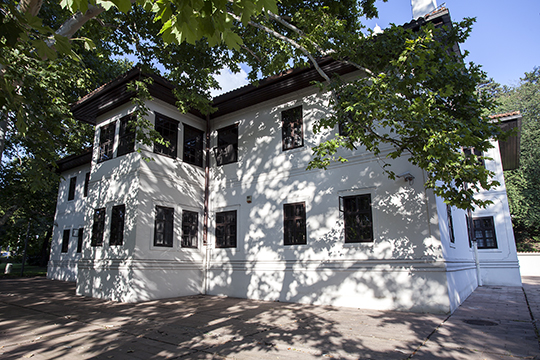
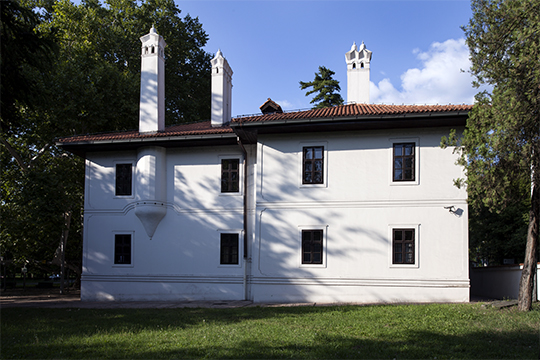
The ground floor housed the guards, servants and other officials of the Prince’s Office. The upper floor (piano nobile) housed richly decorated rooms, from which those on the north side were the private apartments of Prince Miloš. The apartment consisted of the ceremonial room, with a closet, the dining room and the chapel, i.e. the Prince’s bedroom, with a niche for icons and an icon lamp. The same premises on the south side were used by family members. In the center there was the public hall with porch, and the largest hall, most likely the dining room.
Especially interesting in the Topčider Residence are the painted decorative woodcarvings, among the oldest examples preserved in Serbia. The decorations are on the hall ceiling and the porch, and in the ceremonial room and the Prince’s chapel. Their composition and themes indicate the importance of these rooms.
At Prince Miloš’s request, the same master-builders erected the court chapel of the Apostles Saints Peter and Paul, and the priest’s residence next to the Prince’s residence. Nearby, there was also the Prince’s special pavilion for festivals and celebrations, as well as numerous auxiliary buildings, such as stables, kitchens, bakeries, storehouses and inns. The complex also included a number of gardens and orchards, as well as fountains.

The court complex was built as the Prince’s private residence. In addition to the valley of the River Topčider, it also included the entire area of Senjak and Dedinje, as well as parts of Ada Ciganlija. By the end of his first reign (1839), Prince Miloš had developed intense economic activity, establishing some of the first institutions and enterprises of modern Serbian state.
Unfortunately, Prince Miloš’s furniture, paintings and personal belongings from the residence in Topčider have not been preserved. With the arrival of the Karadjordjević dynasty in 1903, all the objects from Prince Miloš’s private apartments were moved to the National Museum, where the major part were destroyed during the Austro-Hungarian bombing in World War One.
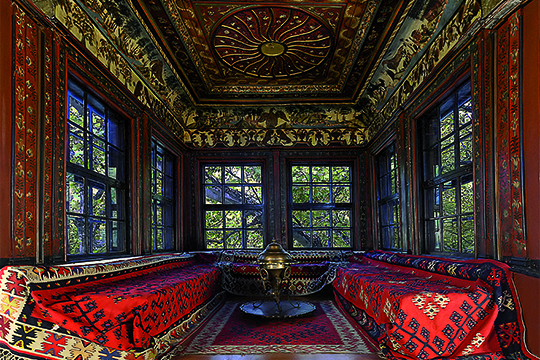
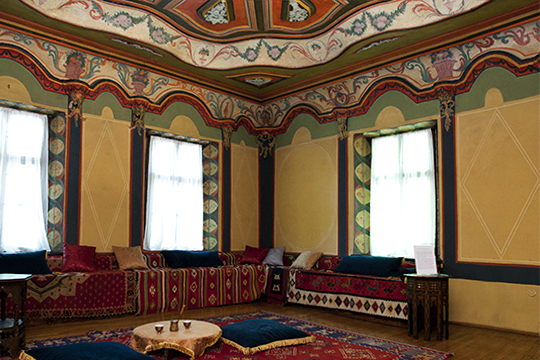
The famous Topčider Park was built during the rule of the Defenders of the Constitution (1842–1858) as a court park, but it was also intended for public use. During the period when Belgrade was divided between the Turkish and Serbian authorities, and there were no safe public walkways, this space of artistically modeled and nurtured Nature was considered to be a genuine Belgrade paradise. Even after 1867 and the withdrawal of the Turkish army from the city, when the urbanization of Belgrade and its transformation into a modern European city began, Topčider did not lose its allure, remaining for a long time the favourite resort of Belgraders. All the rulers of the Obrenović dynasty payed much of their attention to the park, embellishing it with sculptures, fountains and rare exotic trees, but also with the domestic plants which would give Topčider a national character, in addition to its universal dimension.
Prince Miloš used Topčider for large national gatherings and celebrations. During the 19th century, several sessions of the National Assembly took place in Topčider. The role of Topčider as a place to demonstrate the collective national freedom came to the fore in 1865 particularly, when Prince Michael, despite the opposition of the Ottoman authorities, organized there a magnificent celebration for the 50th anniversary of the Takovo Uprising (1815).
Topčider was of great importance for the Obrenović dynasty. It was there that, on his return to power in Serbia in 1859, Prince Miloš, the famous ‘Father of the Fatherland’ and founder of the Obrenović dynasty, lived and died. It was also the place where in 1868, his son and successor Michael was tragically assassinated; a modest monument was erected at the place where he was killed.
After the dynastic overthrow in 1903, when Peter Karadjordjević assumed the Serbian throne, the Residence of Prince Miloš fell into oblivion. Between the two wars, the Residence was transformed into the Museum of Hunting and Forestry, and in 1954 it was given to the newly established Museum of the First Serbian Uprising, which was incorporated into the Historical Museum of Serbia in 1966.